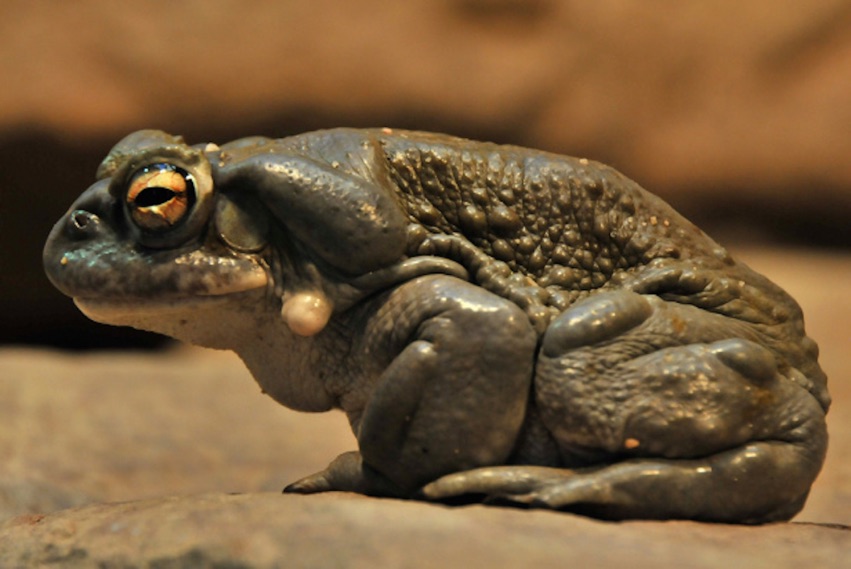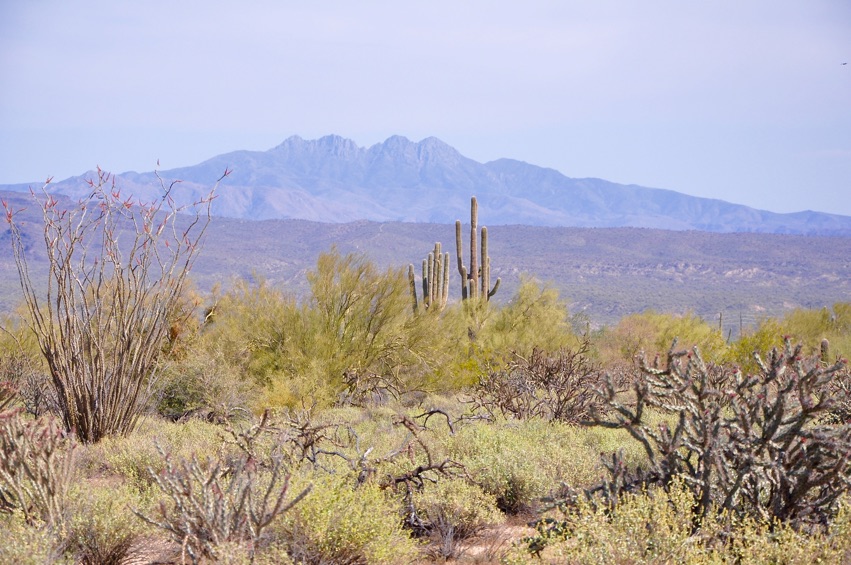Photos: The Poisonous Creatures of the North American Deserts
Hungry hoppers

The Sonoran Desert toad, Incilius alvarius, is the largest amphibian found in the Sonoran Desert, growing to over 7.5 inches ( 19 cm) in length. Glands within its skin excrete a psychoactive toxin that can be deadly to potential desert predators. These large toads remain dormant for most of the year, secure in their underground burrows. When the summer monsoon rains arrive, the toads becomes active participants in the newly formed desert water holes. In some locations, this desert amphibian is known as the Colorado river toad. When active on the desert floor, they are ravenous hunters, putting anything into their mouths that moves and can fit inside, including centipedes, spiders, insects, mice, lizards and other desert amphibians.
Teaming with life

Those who do not know the deserts of North America have often mistakenly thought them to be regions of lifeless desolation, instead of the vast regions that are home to vast and unique forms of both plants and animals. All species of life that call the deserts home, including the many species of poisonous animals found here, have adapted to the extreme temperatures and the lack of rainfall so common across these landscapes. This region of the North America continent is truly the home of the living desert.
Sign up for the Live Science daily newsletter now
Get the world’s most fascinating discoveries delivered straight to your inbox.









